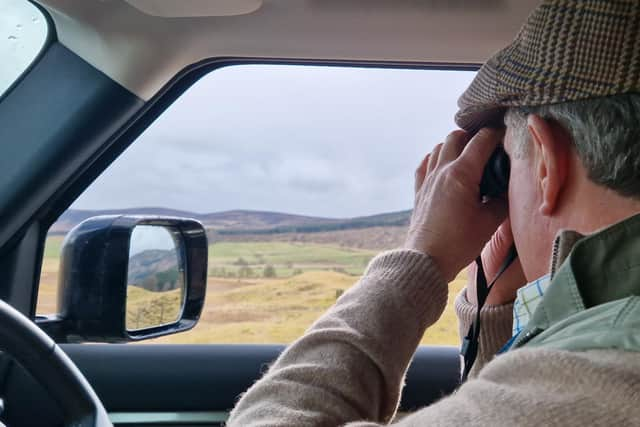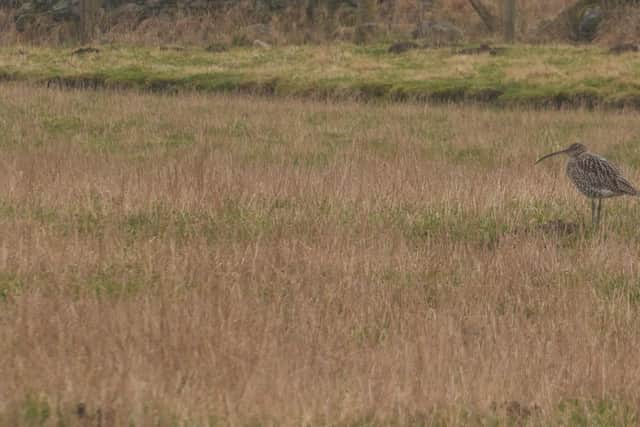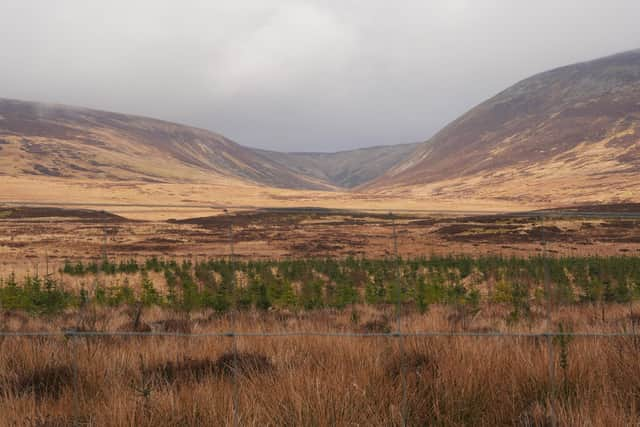Exclusive:Rottal estate: A slice of harmony in the raging Scottish wildlife management debate
Our conversation keeps getting interrupted by the cry of oyster catchers, greylag geese honking overhead and the jerky flight of lapwings catching our eye.
I am in a Land Rover with Dee Ward, the owner of the 8,000-acre Rottal Estate in the Angus Glens.
It was just coincidence that I arrived at the estate during Hay’s Way on the first day of spring. The abundance of waders, mating calls echoing through the glen and activity in the sky made it all the more clear that the seasons were shifting.


I might have had a lucky day, but without thinking too hard about what I spotted as I write, I saw lapwing, curlew, kestrel, red kite, buzzard, oyster catcher, snipe, sparrow hawk - just to name a few - in the space of about two hours.
My arrival came as SNP MSP Jim Fairlie name dropped Mr Ward in the Scottish Parliament the day the Wildlife Management and Muirburn Bill (WMMB) was passed.


The agriculture minister told MSPs: “Dee Ward does an amazing job on an upland estate while he manages to do commercial business at the same time as conserving wildlife, restoring peatland, and doing all the things that you want to do in this Bill, and he is an exemplar of how that is being done. I hope this Bill is the start of so many estates doing exactly the same thing.”
And I saw it for myself. As we were driving down a dirt track, there were clusters of yellowhammers and chaffinches among other buntings hopping alongside us through a hedgerow, as if they were showing us the way. A snipe drumming interrupted our conversation, and, shortly after, we pulled up close to a curlew which unexpectedly stayed still so I could take a picture.
We drove past areas where Sitka spruce had been cut down and left to see what “weird and wonderful” trees pushed through on their own.
Mr Ward is a big fan of natural regeneration. During a walk along the Rottal Burn, he pointed to some trees that were planted, but said most of what we saw established itself naturally.


"Now I've seen what's come through on its own, I don't think you need to plant trees, I think you should just let the natural regen come up," he said.
He explains part of the burn had to be rerouted after Storm Babet ravaged parts of Angus, flooding the only road through the glen.
But what is left is a "a much nicer burn," and a good spawning area for salmon.
Other trees on the estate, he said, have been planted as part of a riparian project to keep water up on the hill in the event of future floods.